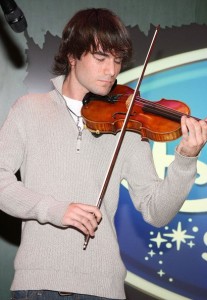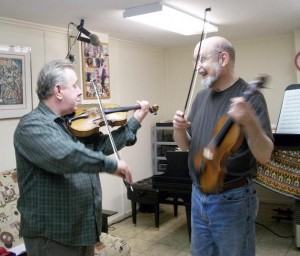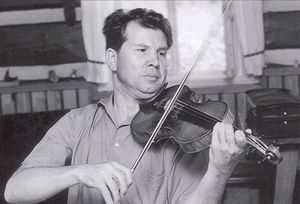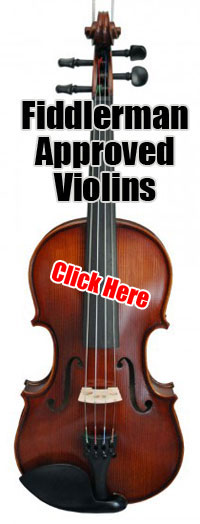World class violinist Mark O’Connor plays Morehead State University
By Katie Brandenburg – The Independent/CNHI
CNHI
Nov. 9, 2010 — MOREHEAD – Violinist Mark O’Connor said he often gets the same goosebumps playing with students as he does playing with classical music greats such as Yo-Yo Ma.
“I get the same feeling from a good performance, and it doesn’t even have to be with someone who’s famous,” O’Connor said.
He’s been teaching and performing with students from elementary-aged children to adults at Morehead State University this week as the guest at the sixth Virginia R. Harpham Honor String Orchestra Clinic, said Gordon Towell, a professor of music in music education and jazz studies at Morehead.
“We’re just so excited to have an artist of this caliber,” he said.
O’Connor is a violinist and composer known for his ability to meld classical, jazz and folk violin playing into a style all his own.
This will be the third year that the clinic includes a guest artist, Towell said. Previous guests have been violinists Rachel Barton Pine and Sara Caswell, both of whom have worked with O’Connor in the past.
Towell said that when O’Connor’s name came up as possible guest his wife, Christina, suggested an unusual way of getting in touch with him — Facebook.
Christina Towell is O’Connor’s Facebook friend and that’s how Morehead initially contacted him. Gordon Towell said multiple grants funded O’Connor’s trip to Morehead.
Gordon Towell said O’Connor was an ideal guest to bring to the university for several reasons, including his emphasis on both traditional music and on education.
The Kentucky Center for Traditional Music at Morehead was a partner in bringing O’Connor to Morehead, and he has a strong background in traditional fiddling. He was a fiddling champion while a young teen.
Towell said preserving traditional styles of music is important, especially in areas such as Kentucky and West Virginia which are rich in different fiddle styles.
“Really it’s the history of the country, it’s the culture of the country,” Towell said.
O’Connor has also recently developed method for teaching and learning violin with and emphasis on American music.
He said he’s passionate about performing music and talks with pleasure about performing with artists such as Yo-Yo Ma and James Taylor, but has been putting increasing emphasis on teaching music as well with things such as his violin method and string camps.
“One of the last things you think about at that moment (of performance) is teaching, but teaching is integral to our legacy,” he said.
O’Connor worked and performed with students from elementary to college-level during his stay at Morehead, concluding with a performance with high school string students from across the tri-state on Saturday night. They performed two of his compositions “Liberty Bell” and “Strings and Threads,” Towell said. Schools he visited included Rowan County high school and middle school and McBrayer Elementary.
O’Connor said he enjoys working with a wide range of age groups.
“All the different groups are essential to making the community work,” he said.
But he said it’s particularly gratifying to work with high school-aged students because those students are on the verge of making important decisions about their future.
Music played an integral part of his vision for his future as a young man, O’Connor said. He grew up in a poor area and saw music as a way to escape and create a better life for himself.
“I knew that I wanted my music to try to get me out of the situation I was in,” he said.
O’Connor began his professional musical career by playing on other people’s recordings all the while developing a way to combine different styles of violin including folk, jazz and classical.
“It took a while to figure out how it all could be, sort of, put together,” he said.
Since then he’s become a Grammy award-winning musician who has created multiple albums and classical compositions.
Composition is one of the things O’Connor said he’s very passionate about. He said he takes inspiration from American people, cultures and landscapes but puts his own spin on those concepts.
“I like to sort of delve into big picture stuff,” he said.
O’Connor said there are definitely moments when he feels in awe of the situation he’s in and the people he’s around. He recalled one point when famous choreographer Twyla Tharp was chosen to speak about him at a ceremony honoring his work.
“Most of the time you deal with your own struggles and then you’re at a place where, boom, you don’t think anything could go wrong ever,” he said.
via World class violinist Mark O’Connor plays Morehead » Local News » The Morehead News.



